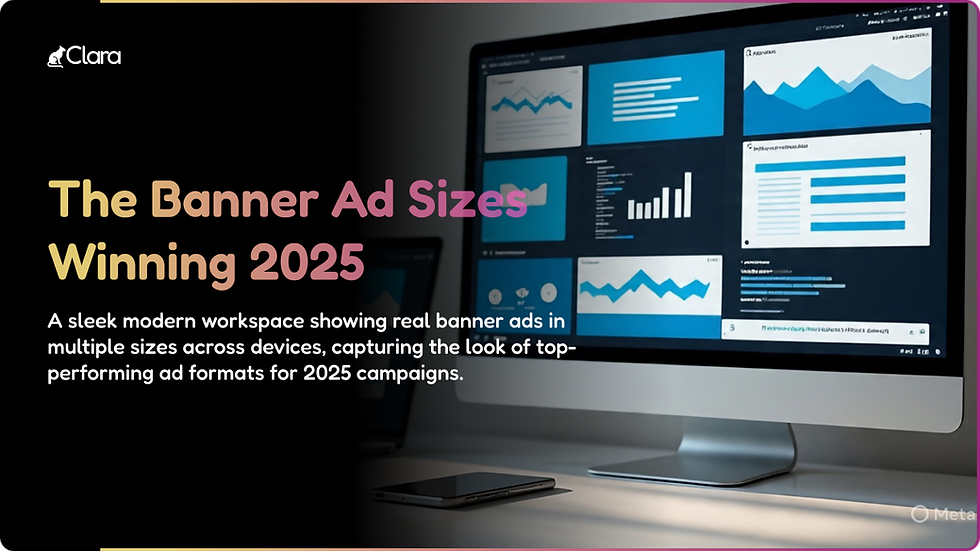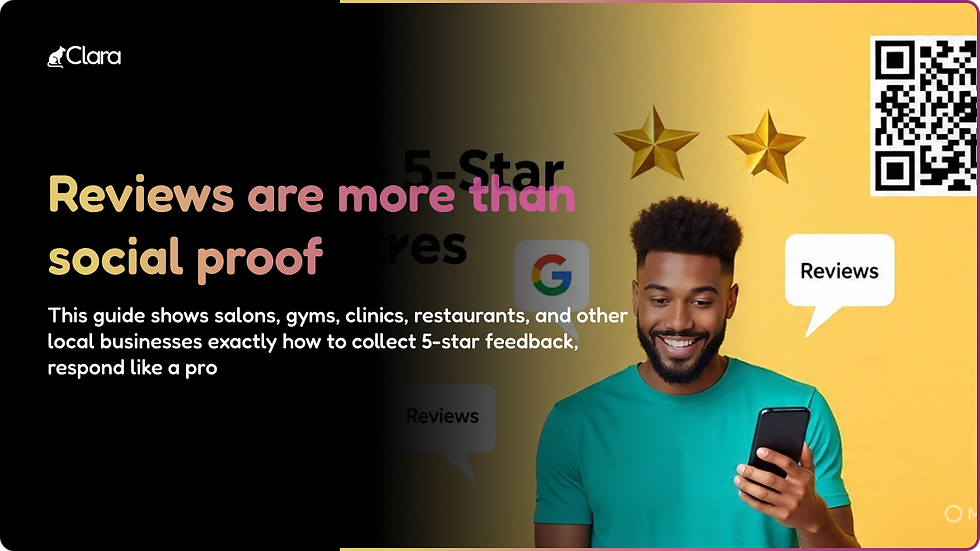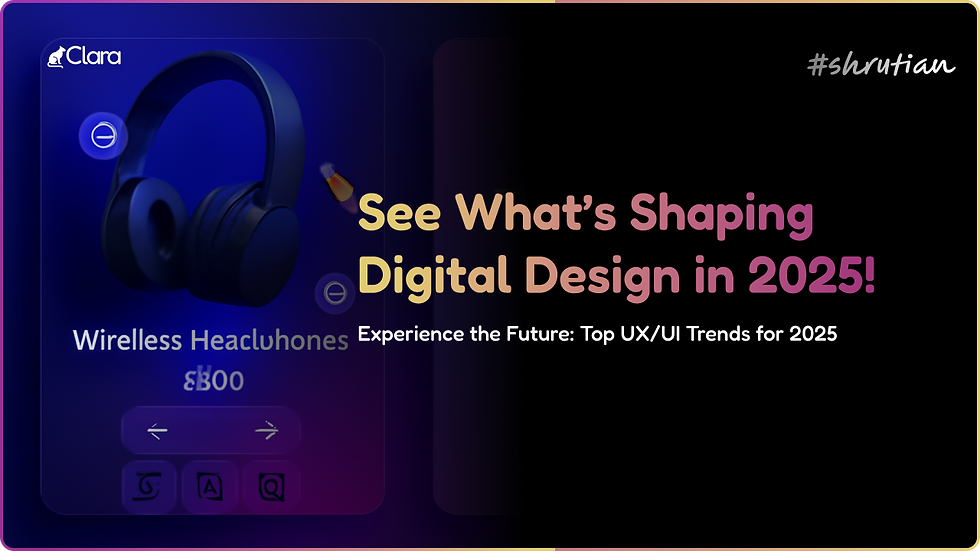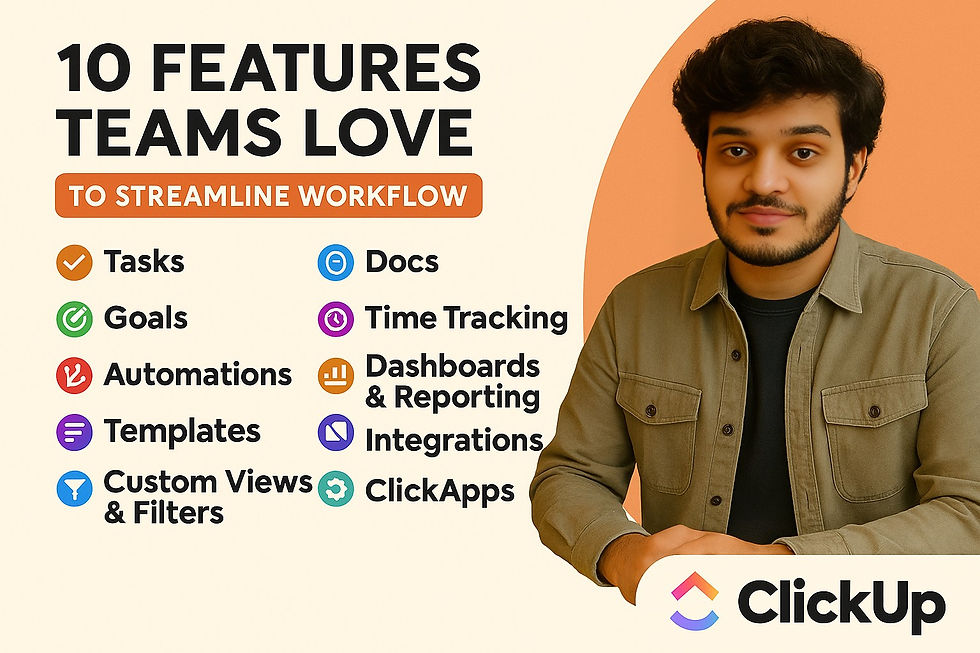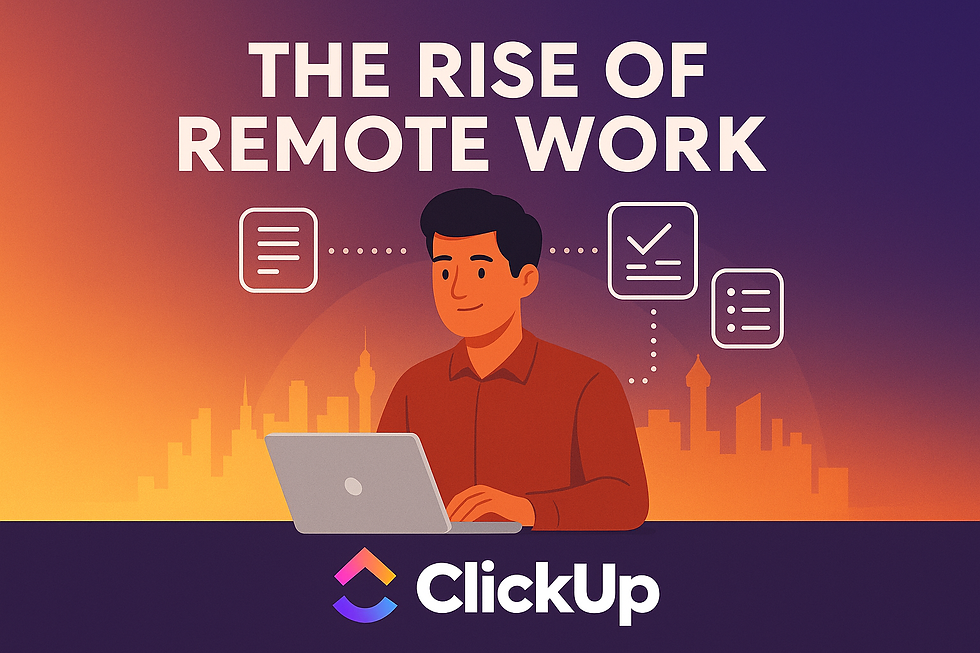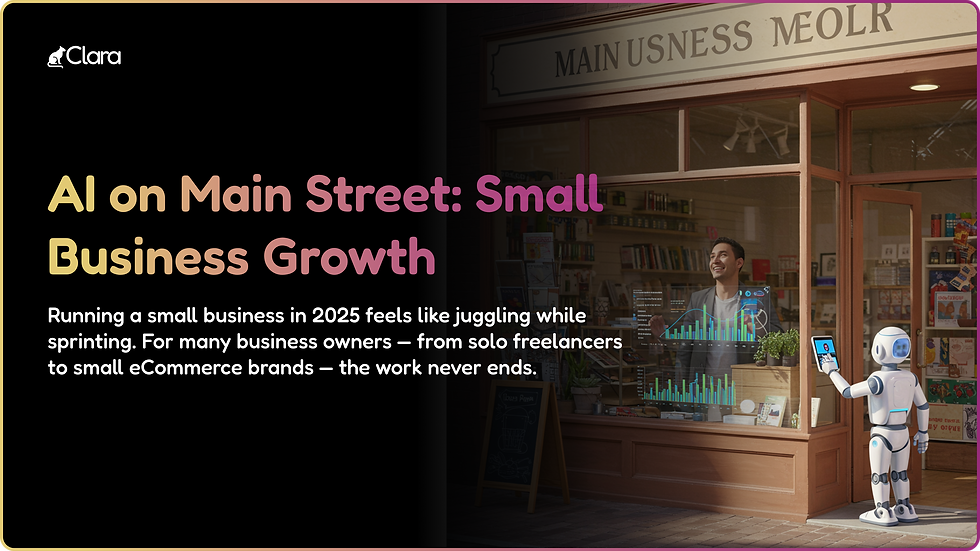- Dravya Bansal
- Jan 11, 2024
- 6 min read
Read this quick guide to adopt the right restaurant technology solution for your restaurant business!
Over the past decade, the restaurant industry has seen significant changes. This change comes mainly from shifts in technology and customer preferences. The days of solely relying on traditional or manual methods like cash registers, reservation books, handwritten orders, etc., are slowly fading away. Today, restaurant business plans mostly rely on advanced technology as a primary component since it can help improve everyday operations.
The emergence of new technology has resulted in shifts in customer demands. Due to this, customers want quick service and wait longer for dine-in, takeaway, or food delivery. Thus, restaurant owners should continually learn and adopt new technology trends. They should invest in top restaurant technology solutions to modernise their businesses, boost growth, and work the way customers want them to!
What Does Restaurant Technology Solutions Mean?
Restaurant technology solutions refer to digital tools and systems designed to enhance various aspects of restaurant operations, management, and the customer experience. These solutions leverage technology to streamline processes, improve efficiency, and meet the evolving needs of the restaurant industry.
Tools like POS systems, inventory management systems, and kitchen display systems can help restaurants to reduce errors, optimise stock levels, and ensure the availability of ingredients. They can free up time and resources, and ensure the smooth running of your business.
5 Restaurant Technology Solutions That Every Restaurant Owner Should Focus On
1. Point-of-Sale (POS) system
The primary function of POS systems is to process payments and track total sales; however, these systems have evolved far beyond traditional cash registers, and the modern software also includes inventory management, stock counting, vendor ordering, and customer loyalty program integration.
A modern POS system is the backbone of any successful restaurant. It is user-friendly, supports mobile devices, and integrates with other software solutions. Cloud-based POS systems allow you to access your restaurant’s data from anywhere, making it easier to manage your business remotely. You can generate reports that provide insights into peak hours, inventory turnover, and sales trends to make informed decisions.
This technology for restaurants is essential to improve efficiency, accuracy, and customer service.
2. Table reservation system
The most common challenge many restaurants face is to reduce wait time. Longer waiting hours often push customers to ditch your restaurant, resulting in poor customer experience. So, to enhance their dining experience and optimise table turnover, investing in one of the top tools for restaurants is important – A table reservation system.
This technology allows customers to book tables in advance, reducing wait times and ensuring a more pleasant experience. The best part? Many reservation systems can be integrated with your POS system, helping you manage reservations and walk-ins efficiently. Some systems even offer customer data analysis to help you tailor your offerings and marketing strategies.
Reservation systems allow restaurants to manage their seating capacity more efficiently. By knowing the number of reservations for a particular time slot, restaurants can adjust staff schedules, kitchen operations, and table assignments accordingly. This optimises table turnover, maximising the number of customers served during a given period without overloading the kitchen or staff.
3. Kitchen display systems
Restaurant kitchens can overwhelm and frustrate your staff because it’s a hectic place to be in. So relying on handwritten or printed orders is not the best idea because of the increased risk of errors and order inaccuracy. Moreover, these orders can be easily misplaced, leading to poor customer experience and hampering the restaurant’s reputation.
Thus, considering their needs, kitchen display systems (KDS), also known as Kitchen Display Screens, are the best tools for restaurants. These systems offer numerous advantages that significantly improve kitchen operations and overall restaurant efficiency.
A KDS replaces traditional paper tickets with digital displays that show orders as they come in. This eliminates the need for chefs and kitchen staff to decipher handwritten or printed orders, reducing the risk of errors and improving order accuracy. Orders are displayed in real-time, ensuring nothing is missed or forgotten.
With a KDS, orders can be sent directly from the point-of-sale (POS) system to the kitchen, reducing the time it takes for orders to reach the kitchen staff. This also leads to quicker preparation time and shorter wait times for diners, enhancing the overall dining experience.
4. Contactless payments
Contactless payments are incredibly convenient for customers. A transaction is completed within seconds with a simple tap or wave of their mobile device or contactless card.
Traditional payment methods like cash or manual card swiping can lead to errors in payment processing, resulting in disputes and potential customer dissatisfaction. Contactless payments are highly accurate, reducing the risk of errors and ensuring that the correct amount is charged.
Faster payment processing leads to quicker table turnover. This means restaurants can accommodate more diners throughout the day or evening, increasing revenue potential. Contactless payments contribute to a more efficient restaurant operation overall.
5. Customer relationship management software
Building and nurturing customer relationships is a key to long-term success. No individual wants to see himself as just another customer anymore. They want to feel special, valued, and appreciated every time they enter their favourite restaurant.
Thus, investing in customer relationship management software becomes important. It can help you gather customer data, track customers’ dining preferences, and send personalised offers and promotions. For instance, storing customer data allows you to keep a reminder of their special days, like birthdays and anniversaries, and send them personalised wishes. It’s these personalised efforts that bring these customers back and retain them.
Moreover, restaurants can also segment their customer base and tailor marketing campaigns accordingly. Whether it’s sending birthday offers, promoting favourite dishes, or announcing special events, personalised marketing efforts are more likely to resonate with customers and drive repeat business.
These tools for restaurants can be a game changer and boost your business growth. However, managing different tools can be a hassle. So, it’s important to look out for software offering all the solutions like POS system integration, online reviews and reputation management, and personalised marketing efforts.
6. Inventory Management Software: Curbing Wastage
Description: Inventory management software integrates with POS systems to monitor stock levels, track consumption rates, and provide real-time alerts. This technology prevents stockouts, reduces waste, and ensures efficient supply chain management.
Benefits:
Stock Monitoring: Real-time tracking of inventory levels.
Waste Reduction: Data-driven insights to minimize unnecessary waste.
Supply Chain Efficiency: Streamlined inventory processes for cost savings.
7. Mobile Ordering and Delivery Apps: Embracing Convenience
Description: Mobile apps for ordering and delivery have become integral to restaurant technology solutions. Customers can browse menus, place orders, and track deliveries through dedicated apps, providing convenience and enhancing the overall experience.
Benefits:
Convenience: Easy access to menus and order placement.
Order Tracking: Real-time updates on the status of deliveries.
Brand Engagement: Direct communication and promotions through the app.
8. Digital Menu Boards: Dynamic and Engaging Displays
Description: Digital menu boards replace traditional static menus with dynamic displays. These boards can be updated in real-time, allowing restaurants to showcase promotions, highlight seasonal items, and adjust prices effortlessly.
Benefits:
Flexibility: Instant updates and changes to menu items.
Promotion Highlight: Dynamic displays for showcasing specials.
Enhanced Visibility: Engaging visuals capture customer attention.
9. AI-Powered Chatbots: Streamlining Customer Interactions
Description: AI-powered chatbots on websites or messaging platforms facilitate automated interactions with customers. From answering queries to processing orders, chatbots enhance efficiency and provide quick responses.
Benefits:
24/7 Availability: Continuous customer support without human intervention.
Order Processing: Automated order placement and tracking.
Efficient Queries: Quick responses to frequently asked questions.
10. Wi-Fi Marketing: Leveraging Connectivity for Promotion
Description: Wi-Fi marketing uses the restaurant’s Wi-Fi network to engage with customers. By offering Wi-Fi access in exchange for information or social media engagement, businesses can enhance brand visibility and implement targeted marketing strategies.
Benefits:
Customer Data Collection: Gathering valuable customer information.
Targeted Promotions: Delivering personalized promotions and offers.
Social Media Engagement: Encouraging customers to interact on social platforms.
dravyafolio – The Best Customer Relationship Management Software
Managing a restaurant is challenging. However, identifying and leveraging these solutions is even more difficult. With dravyafolio, you can deliver an experience that attracts your customers to come back for more and streamline your process.
This customer relationship management software has everything your restaurant needs – A customer loyalty program, POS system integration, automated marketing, customer insights, feedback, and online reviews. It’s the fastest and smartest way to grow your restaurant business because you don’t need to do everything manually. And this means, there is no room for error.
So, it’s time to listen to your customers in real-time, know them better, and turn customer insights into sales for your business .
Conclusion: Adapting to the Tech-Driven Future
In an era where technology is reshaping the restaurant landscape, embracing innovative solutions is not just an option but a necessity. From enhancing customer experiences to optimizing operations, the top restaurant technology solutions outlined above empower businesses to stay ahead of the curve. By integrating these technologies seamlessly, restaurants can navigate the evolving demands of the industry, foster customer loyalty, and drive sustainable growth.
The journey towards a tech-driven future requires a strategic approach, thoughtful implementation, and a commitment to ongoing innovation. As restaurants leverage these technologies, they position themselves not only for present success but for continued resilience and competitiveness in the dynamic world of the hospitality industry.






